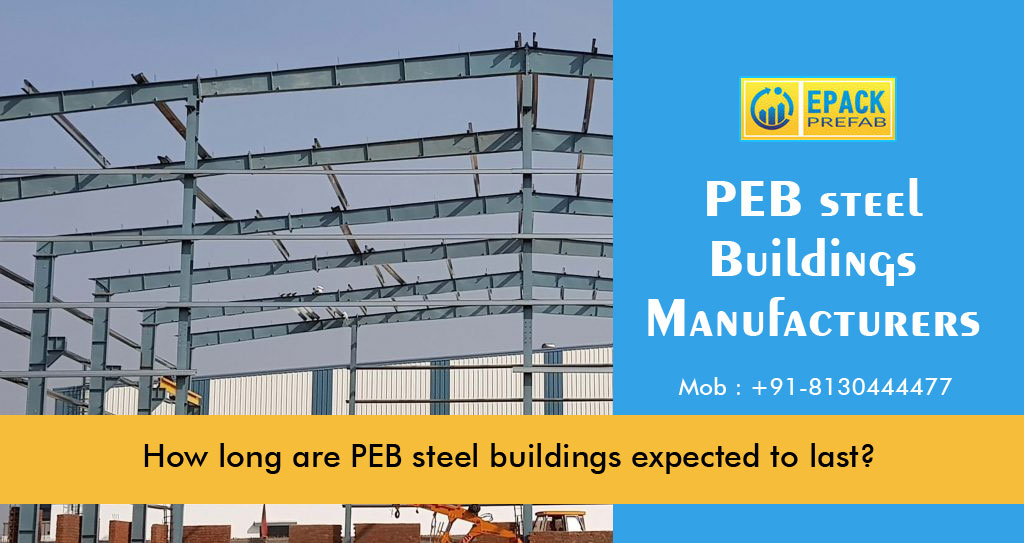Does anyone remember the phrase “life span”? If you plan to build a new framework on your building, make sure that you purchase a design and also the right materials that can withstand the test of time. No matter how large or small the building, it must be able to withstand the effects of time and the elements.
When a structure is only going to last a few years, why bother putting so much effort and money into it? Look into exactly how you intend to use your new structure, and this can help you choose the right materials for steel building longevity.
One of the most important factors affecting the building’s lifespan is the materials you choose. Compare the durability and upkeep requirements of steel buildings, plastic sheds, wood structures, and more, as you complete the design information.
Buildings made of steel have a long lifespan
How long are steel buildings expected to hold up? Depending on how long the structure is used, a well-built framework made of high-quality materials can last anywhere from 25 to 50 years. If you want to ensure the structure’s long-term viability, then it’s critical to use high-quality materials that are resistant to seasonal damage.
Steel is an excellent choice for building materials if quality and also durability are important to you. The same cannot be said for steel structures. Consider the following factors that can affect the lifespan of steel structures:
Design: A strong steel framework helps to reduce damage. There are many factors that can affect the lifespan of a steel building, such as how water flows through the structure and how well the structure’s joints are secured. Exactly how long do prefabricated buildings last? They can last as long as a custom-built structure with the right layout.
Usage: If you’re rough on the building, it will show its age quicker. Rust can cause steel to deteriorate over time if chemicals are used in the building’s manufacturing process. Steel structures used for storage sheds, however, will last longer than steel structures used in building construction because the steel has less tensile strength.
Location: A building’s lifespan can be affected by the weather patterns in its immediate neighbourhood. For example, the weight of the snow on the roof in areas with heavy snowfall necessitates additional maintenance. The salt and humidity in the air can cause steel structures to deteriorate more quickly in coastal areas. Toxins in the air can have a negative impact on the building if there is a lot of industrialization in the area.
Maintenance: When compared to other building materials, steel doesn’t require as much maintenance. To make sure the building lasts as long as possible, routine maintenance must be performed on a regular basis. Corrosion, mould and mildew, and rust can cause structural damage if they are not cleaned, maintained, and repaired on a regular basis.
The best way to make sure your structure will last is to discuss your goals with a steel structure expert. Our team has ideas on how to make sure your new building meets all of the specifications. If you have a need, please contact us.



